The book author, New York Times columnist, and renowned saltwater fly fisherman talked to TRCP about his love for chasing stripers and the current state of the fishery
Striped bass aficionado Peter Kaminsky wrote the Outdoors column for the New York Times for 35 years. He’s also been a contributing editor to Field & Stream, Sports Afield, and Outdoor Life. A long-time flyfisher, his books include the well-known The Moon Pulled Up An Acre of Bass and The Catch of a Lifetime: Moments of Flyfishing Glory, released in 2023, which is a collection of original flyfishing essays by talented writers asked to describe their greatest angling memory. Based in Brooklyn, N.Y., he spent decades fishing Montauk’s shores and New York City waters.
Recently, he talked to TRCP about striped bass.
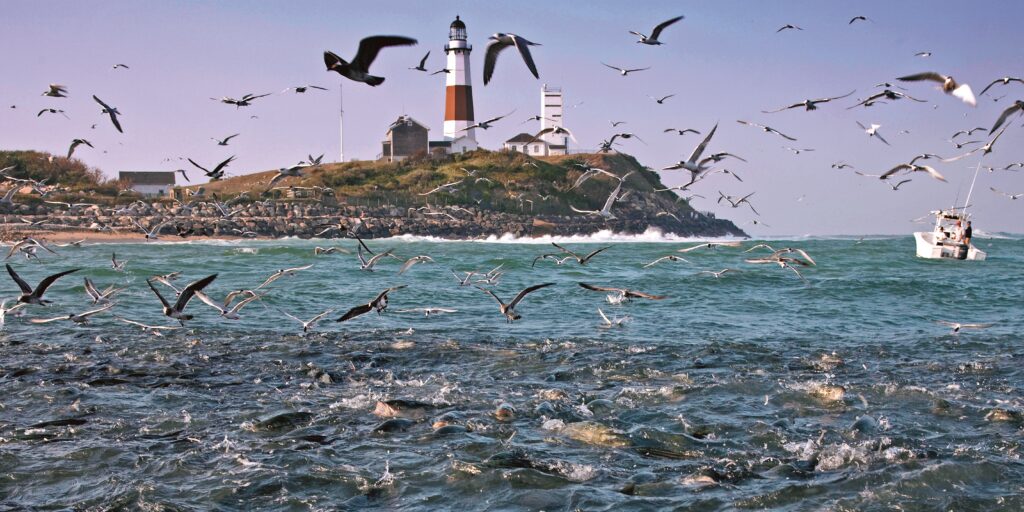
TRCP: Flyfishing for striped bass is one of your passions. What’s special about these fish in particular?
Peter: One of the things that was always eye opening about striped bass was there was excellent fishing right where I live in New York City. When you dial into a blitz, it brings out the hunting instinct that we are all born with. You feel as madly wild as the gulls and gannets.
TRCP: What’s one of your most memorable experiences fishing for stripers?
Peter: If we are fortunate, between Thanksgiving and the 10th or 11th of December, if we haven’t had a big Nor’easter and a hurricane then migration patterns for baitfish [on Long Island] are inshore and the fishing can be great, if it isn’t too freezing cold. This has happened only two or three times over the last 30 years. There was one year that [striper fishing legend] Paul Dixon called and said, “If you’re ever going to come, come now.” Bait was pouring out of a cut in Southampton and there were big bass. One day we just caught big fish, forty inch plus, until we didn’t want to catch anymore.
TRCP: How has fishing for stripers changed over the years?
Peter: Well, like all species, you’ll have upticks and downturns. I have seen it go from terrible in the ‘80s to great in the ‘90s, then a sort of a roller coaster up and down since. There is an element of that simply being the way nature is. But at the same time, the degrading of the Chesapeake fishery—the major nursery for striped bass—and the unrealistically generous catch limits for recreational fishing have hurt the fishery.
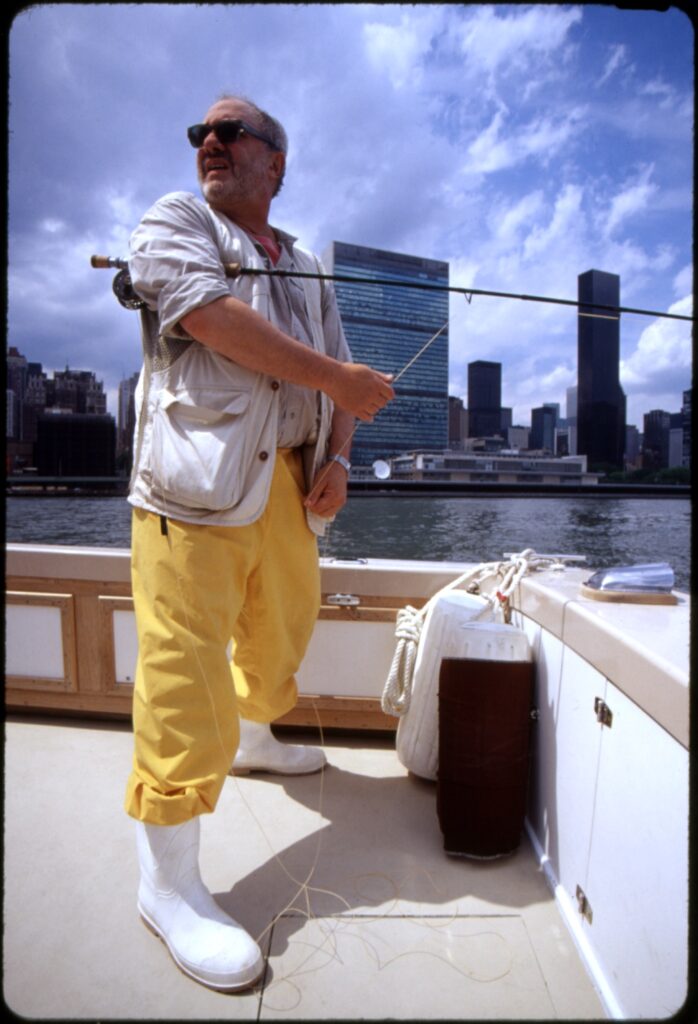
TRCP: Recent stock projections for Atlantic striped bass were worse than expected, which could lead to tighter fishing regulations. Is it because anglers are still getting into nice fish that they can’t believe populations are declining?
Peter: The truth is, recruitment in recent year classes is doing quite poorly. When you have really good seasons like this past one, with big fish, you tend to think it’s going to be that way forever. But if we don’t put realistic limits on keeping fish, and nothing is done to preserve traditional spawning and nursing areas for striped bass, you’re deluding yourself if you think this sort of plentiful angling will continue.
TRCP: Do you think more fishing regulation is necessary for striped bass, or more regulation of associated fisheries, such as the menhaden reduction fishery in the Chesapeake Bay—which accounts for 70 to 90 percent of the Atlantic striped bass stock?
Peter: Well, I don’t think we should be netting millions of menhaden for cat food, that’s for sure. Just as clearly, we need to mount a broad-ranging effort at recovery of Chesapeake Bay and other estuaries along the East Coast. From what I understand, it’s the recreational fishery, not the commercial fishery, that’s affecting striped bass numbers the most. This includes high mortality of fish that are caught and held out of the water too long or improperly released. I think the “Keep Fish Wet” movement is a pretty good idea.
TRCP: Stripers are targeted both because of the fight they offer and because they make great table fare. Should harvest-minded anglers currently be keeping that slot-size fish, although legal, in light of the current striper situation?
Peter: For years, I’ve always kept a striper a year as sort of a sacramental meal, but I’m not sure I will do that anymore. Or I will at least put that sacrament on hold until the bass are out of danger. They are delicious, but catching them is even more of a pleasure. You can’t have your bass and eat them too, I guess.
TRCP: Anglers increasingly seem to pursue striped bass for the chance to post their prize photo to social media. Do you post pictures of the fish you land?
Peter: In the last year, I think I took a picture of one fish. And afterward I thought, Man, I shouldn’t have done that. You get caught up in the moment. I know how it feels, but holding up fish for photos is a habit people need to break, particularly for catch-and-release anglers. We live in a selfie culture that makes it hard not to take that grip and grin. I get it. But does the world really need another picture of you and a fish? You’ve got the memory and I guarantee it’s better than any picture.
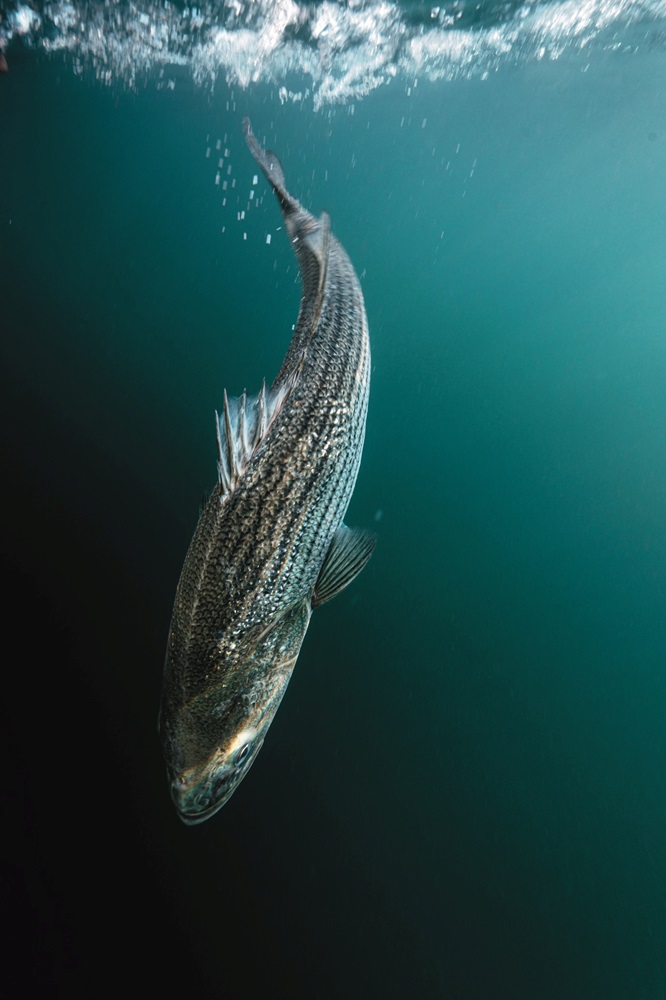
TRCP: What is your advice to other recreational anglers who want to ensure striped bass are around for future generations?
Peter: In 1983, I made a film with Jack Hemingway [Ernest Hemingway’s eldest son]. Speaking from his experience as Idaho’s fish and game commissioner, I have always remembered him saying, “I’m not saying killing fish is immoral, but if you want to preserve the fishery, then you need to value it more than the next meal. That’s the only way it’s going to work.” My best advice right now is that all striped bass belong back in the water.
Click here to read more about proposed striped bass management changes.
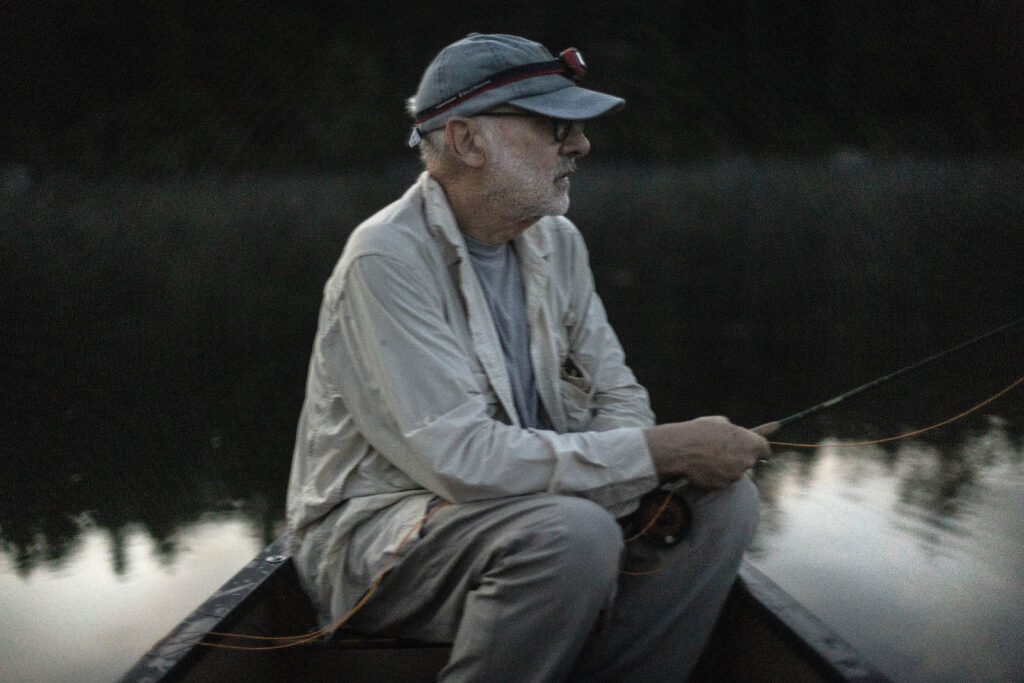

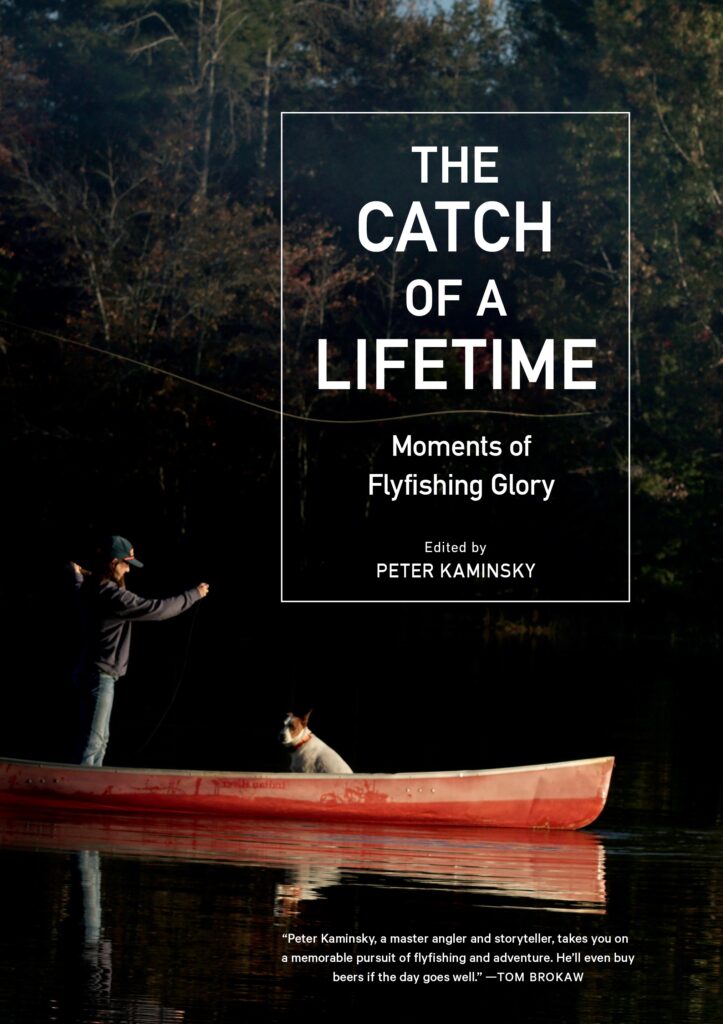
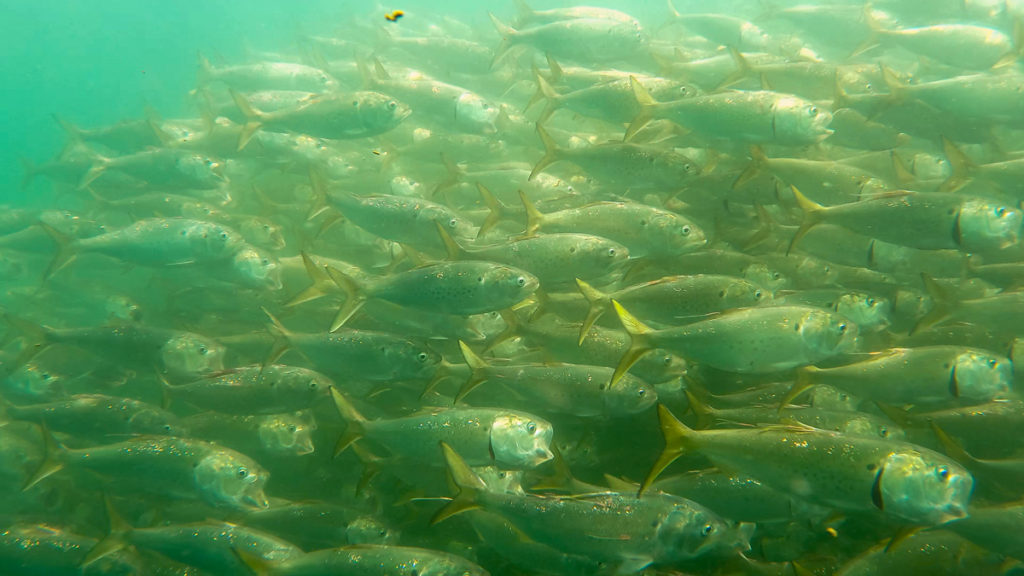
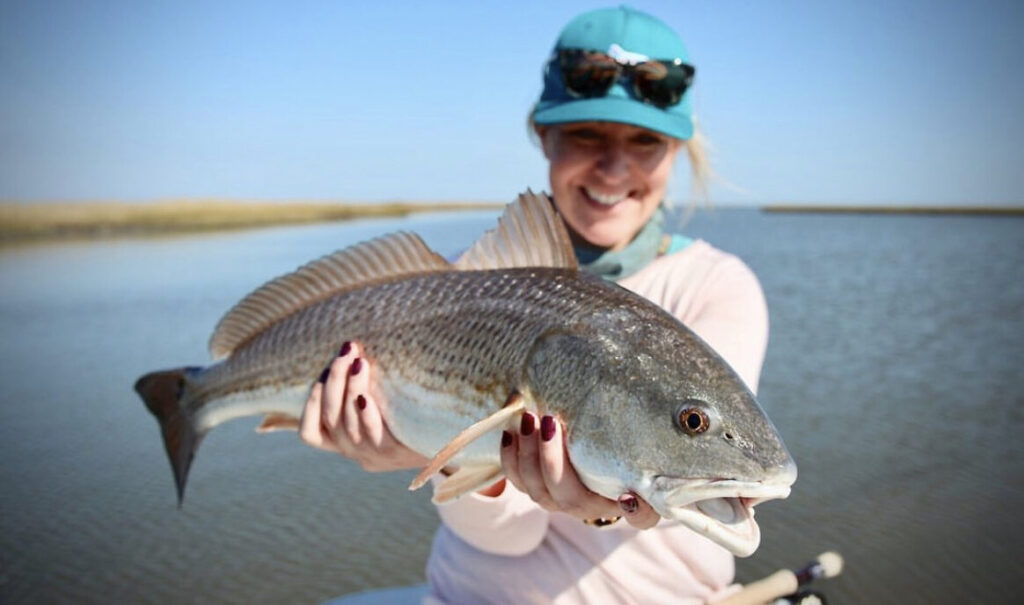
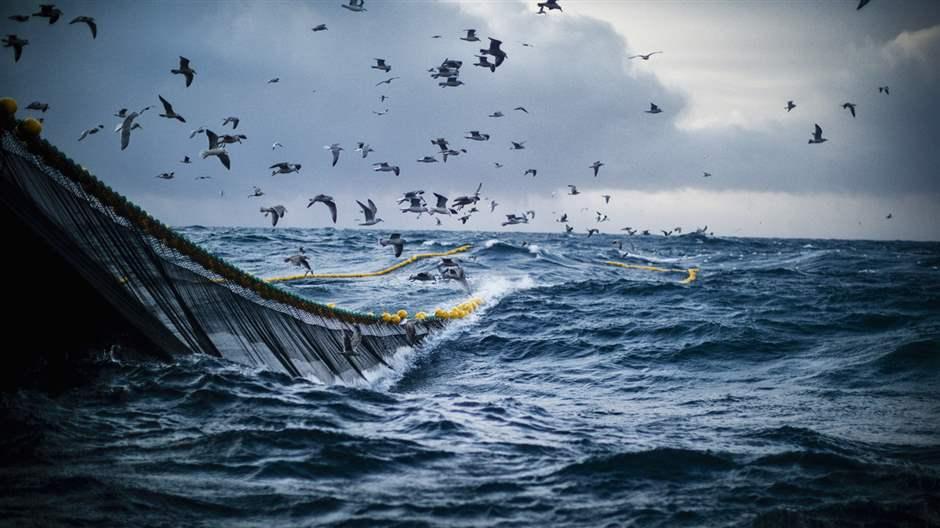
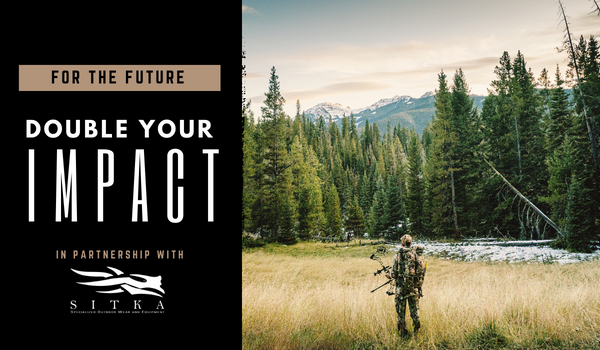
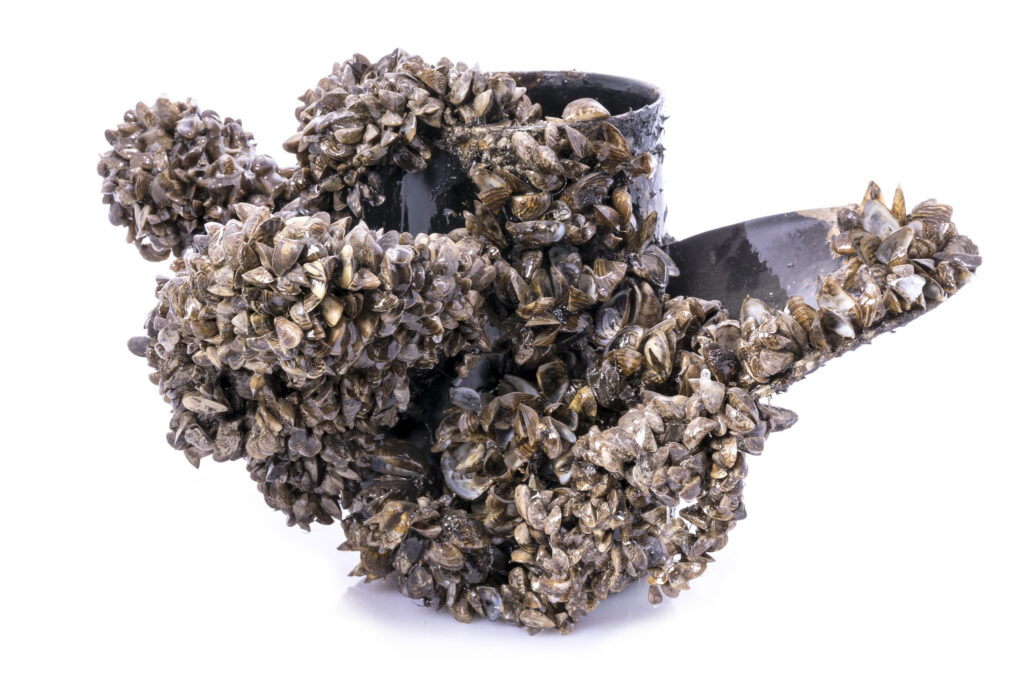
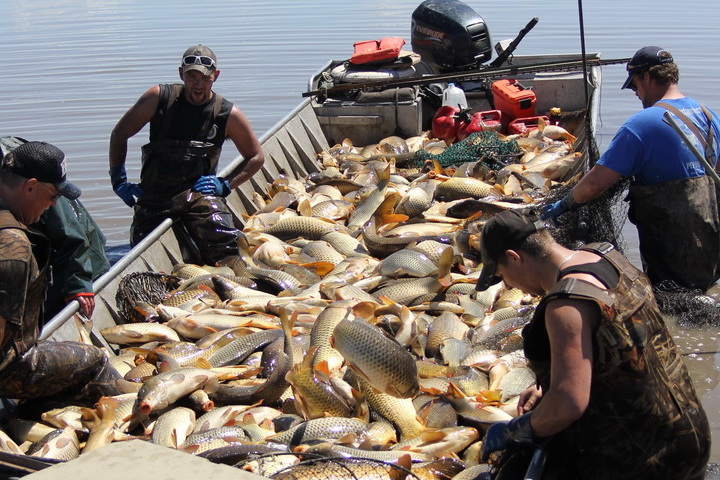
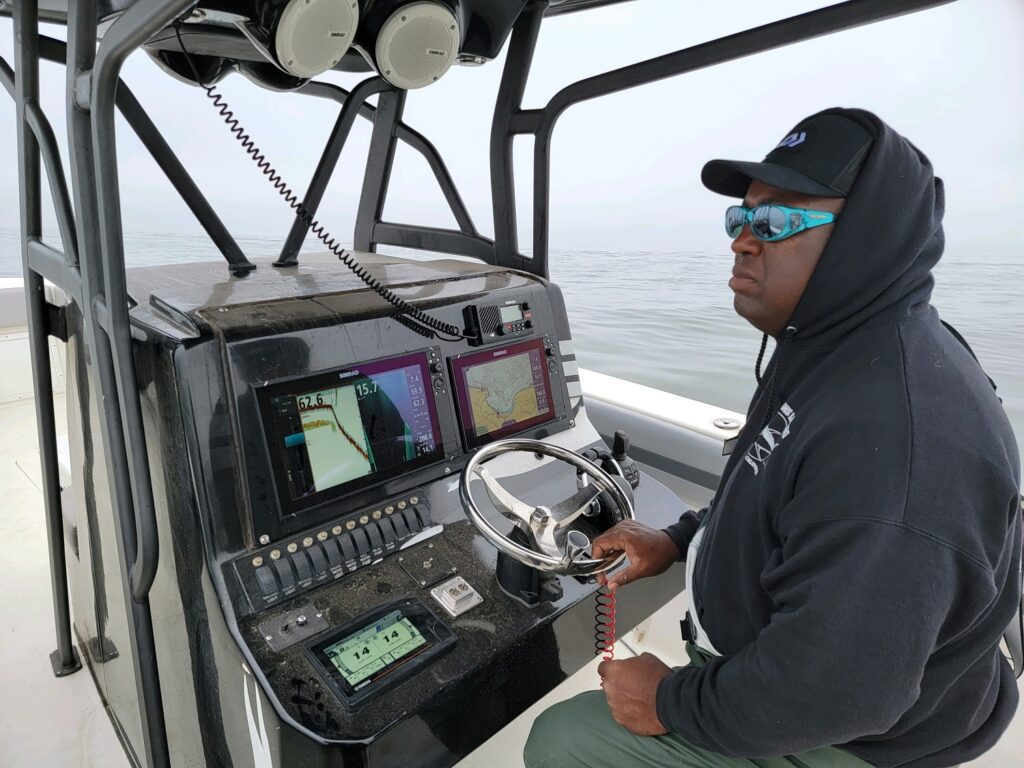
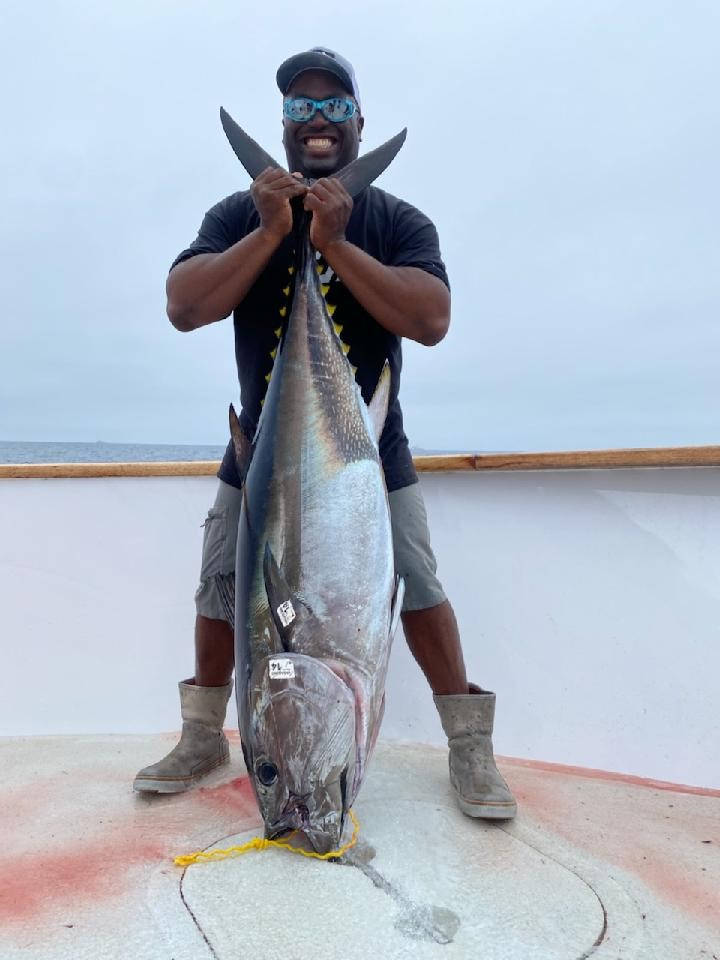




If we as a people keep playing around with mother nature, it’s us that will have to pay the price